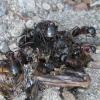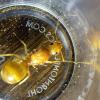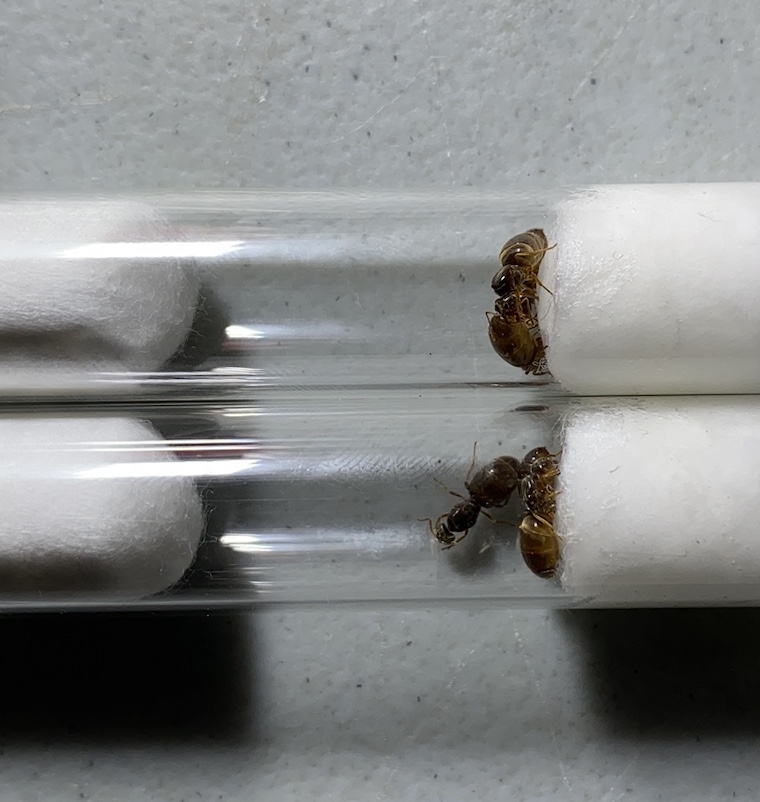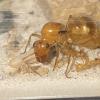This particular experiment that took place in 2020, my first year of ant keeping. There are three carpenter ant species in my area, and I felt pretty confident that only Camponotus novaeboracensis was monogynous, but I decided to test the theory by putting multiple queens of each species together in a test tube setup. I put multiple C. novaeboracensis queens in the same tube and they started killing one another. I did the same thing with C. modoc, and they quickly settled next to each other and started laying eggs. I repeated the experiment several times with each species. The third species, probably C. herculeanus, is certainly polygynous because I found three queens huddled together under a log with about 50 workers. In conclusion, C. herculeanus/modoc are most likely polygynous, and if C. novaeboracensis is polygynous it is probably quite rare (they have lots of small colonies where I live). I have a nice Time-lapse of a two-queen C. modoc colony having their first meal which shows the gasters expanding, but it wouldn’t attach. They were released shortly after because I am a beginner and C. novaeboracensis seemed more desirable for a number of reasons. I have been busy with steelhead fishing and college, but I will be sure to have all my journals up by the end of the month and update them every month until hibernation. I will also be doing more of these experiments in the future.
- Formiculture.com
- Forums
- Gallery
- Members
- Member Map
- Chat























